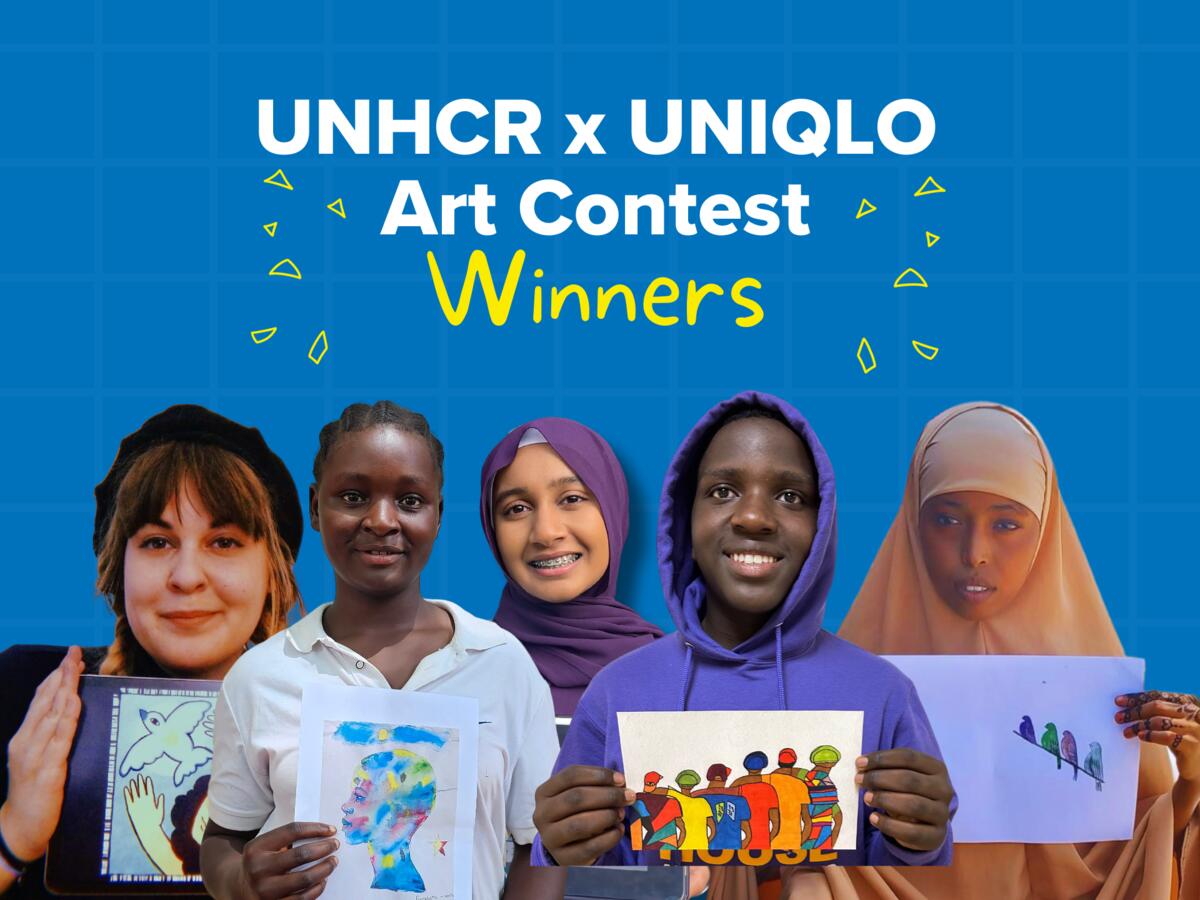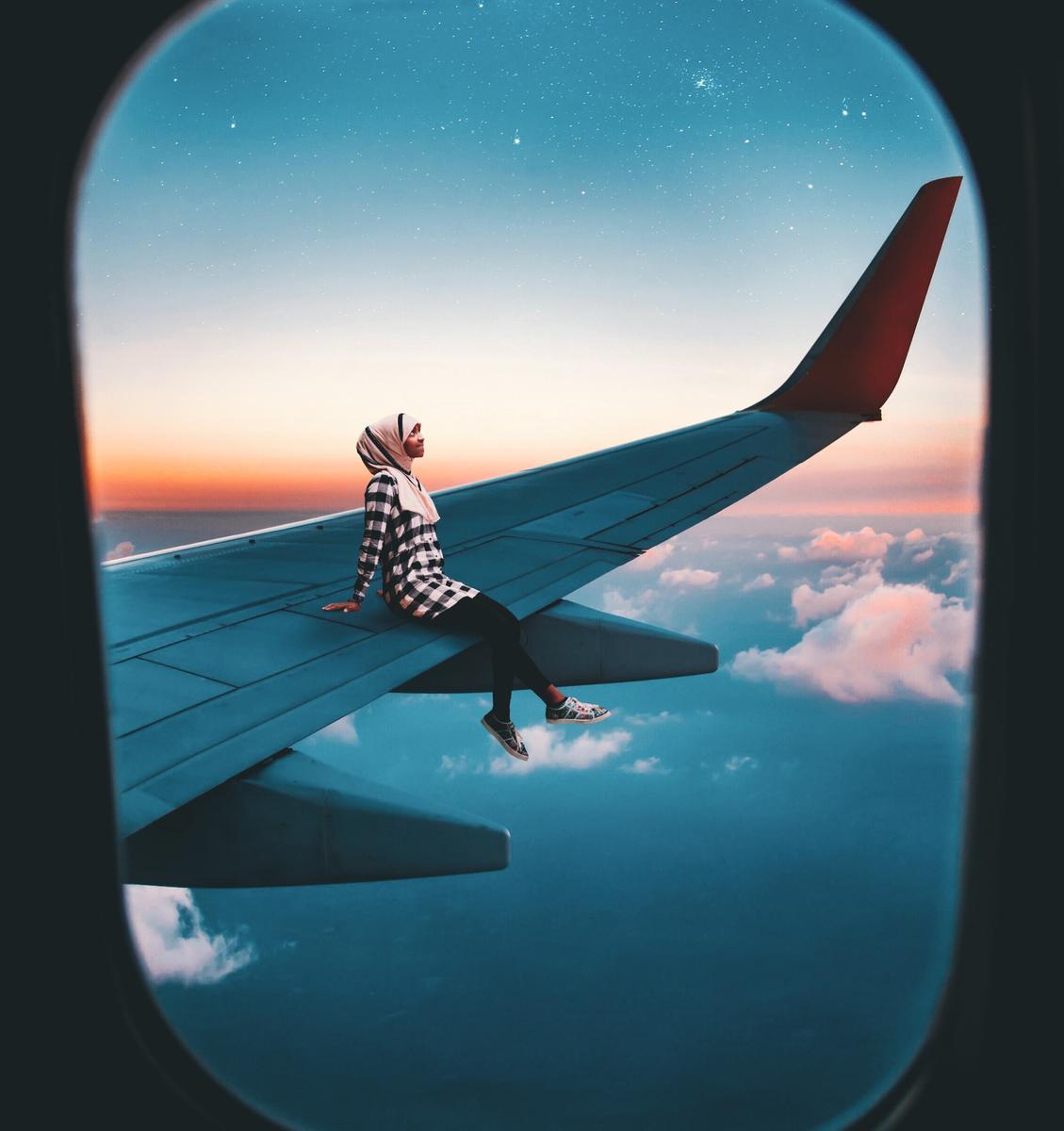Bonn exhibition tells story behind refugee faces and figures
Bonn exhibition tells story behind refugee faces and figures

BONN, Jan 8 (UNHCR) - Brazilian-born photographer Sebastião Salgado has an eye for the big picture, allowing him to capture some of the most impressive - and disturbing - images of mass displacement in recent times.
Motifs from his well-known photo cycle, "Migrations", include hazy panoramas of huge refugee camps set up in Tanzania after the 1994 Rwandan exodus, and silhouettes of people lost in the ruins of a city during the Balkans war.
In his latest exhibition, "The Children" - now on at the Art and Exhibition Hall of the Federal Republic of Germany in Bonn - Salgado chose to zoom in on the details, focusing on smaller subjects that are no less compelling. Travelling to 41 countries in the 1990s, he photographed displaced children from all over the world, mainly focusing on their faces and personalities. The setting takes a backseat, occasionally showing up when the scene is a makeshift school or when the wall behind the child is covered with bullet holes.
The faces of these children speak their own language, sometimes expressing anger or fear, but mostly showing hope and pride, which adds an enormous intensity to the 90 black-and-white portraits. These portraits are far from being sensationalist and always maintain the dignity of the young refugees.
"I was very sad to see children wear summer shoes in winter," one visitor wrote in the exhibition's guestbook. Another commented, "These children are looking at us. Whether they will have a future is up to us as well. I am asking myself: What can I do?"
In a separate room, the exhibition also features "The Refugees", a work by Mexican artist Helen Escobedo that illustrates the drama of displacement in yet another way. The installation shows a group of life-sized figures - 61 straw puppets dressed in rags and heading in one direction. Escobedo does not display their faces or show many details; her artwork mainly speaks through the poise of the bodies.
The two displays, jointly known as "Refugee Children", are organised by the German Foundation for UN Refugee Aid (Deutsche Stiftung für UNO-Flüchtlingshilfe), an organisation working closely with UNHCR in Germany. The exhibition will remain open until the beginning of February, and is accompanied by a series of workshops and educational activities.









